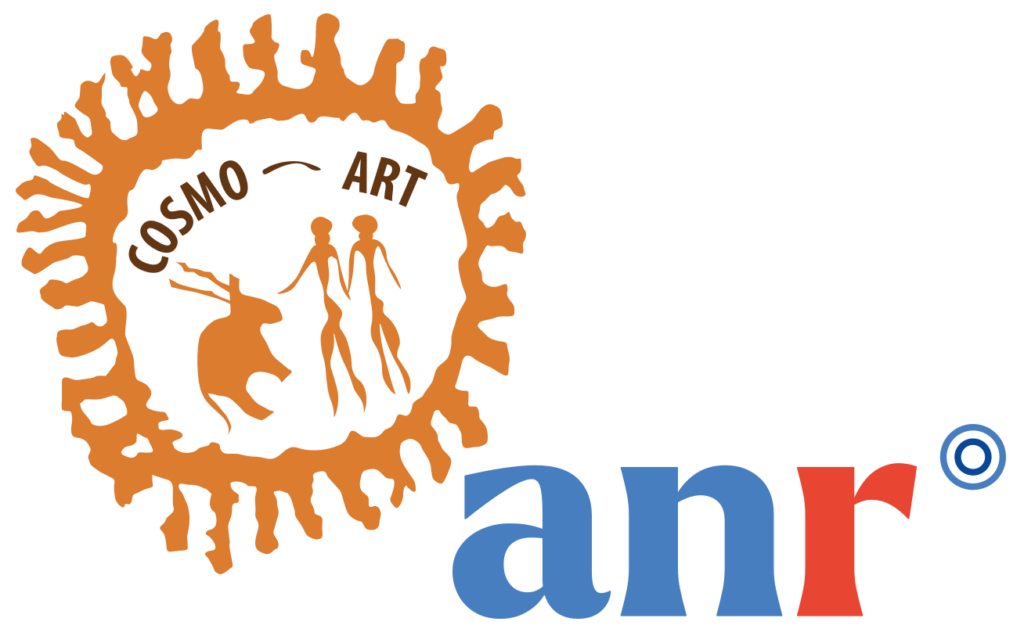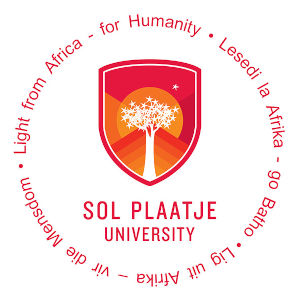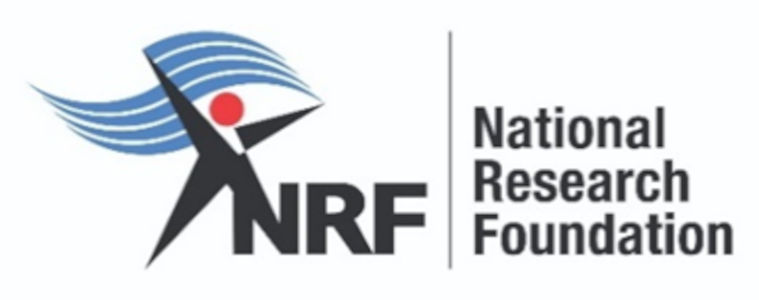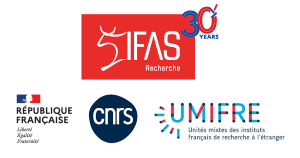The COSMO-ART Conference on Rock Art
Rock Art Site Management in Southern Africa: Towards a Cosmopolitan Approach
International Conference
30 Nov. ― 06 Dec. 2025, Sol Plaatje University, Kimberley, South Africa
The programme is now available
The conference aims to explore the challenges posed by overlapping issues involved in the management of rock art sites. The focus will be on rock art sites in southern Africa, but case studies from other regions are welcome insofar as they are relevant for comparison.
Rock art heritage-making is a particularly complex process, involving multiple stakeholders with sets of values that sometimes overlap, but can also diverge. Managing rock art sites in an inclusive and sustainable manner therefore requires a holistic approach that recognises the diversity of practices and the different ways in which stakeholders define what constitutes heritage. This raises questions such as: Who are the users of the sites and to what extent? What are the values attributed to rock art and by whom? How are these values used, possibly adapted, and communicated (from education to tourism development)? What are the perceived threats to these sites? How can Western-inspired conservation measures and traditional custodianship systems work together?
The COSMO-ART international conference “Rock Art Site Management in Southern Africa: Towards a Cosmopolitan Approach” will mark the conclusion of the COSMO-ART research project, report on the methods developed within COSMO-ART to contribute to answering these questions and their results, and open up discussion with international delegates to work together towards the effective implementation of a cosmopolitan approach to managing rock art sites.
Conference team e-mail:
anr.cosmo.art@gmail.com
Programme
Download the full programme.
Download the information booklet.
Venue
Sol Plaatje University will host the conference. Delegates may want to size the opportunity to spend a few days in Kimberley (or here) or explore the Northern Cape.
Proceedings
The publication of the conference proceedings will follow a peer review process. Depending on feasibility, this will be a special issue of an accredited journal recognised by as many academic institutions as possible.
Registration Procedure and Fees
Registration Procedure
Registration procedure is completed upon:
Note: subsidised students are not required to pay conference fees but they still need to complete and return the conference attendance form to validate their registration.
Conference Fees
Registration fees include conference package, light refreshments and lunches on Monday 01/12, Tuesday 02/12, Thursday 04/12, and Friday 05/12.
IMPORTANT: They do NOT include accommodation.
Early bird registration fees
(before 30/09/2025)
Standard registration fees
(before 30/10/2025)
Costs of optional activities
Non-presenting participants
(the optional activities have their own rates, see above).
Payment Procedure
Payment procedure is completed upon the payment of the conference fees, optional payment of the conference excursion and gala dinner fees, and the submission of a corresponding receipt by e-mail.
Only people who have made payment will be considered for the conference programme.
Payment is made ONLY by EFT (Electronic Funds Transfer).
Please use « COSMO » with your surname as reference.
VERY IMPORTANT: please send a copy of the payment receipt by e-mail to the conference team with “COSMO Proof of Payment” and your surname in the subject line.
Invoice
Should you require an invoice, please send Sol Plaatje Heritage Studies Department finance officer Sukayna Obaray an e-mail (sukayna.obaray@spu.ac.za) with « COSMO Invoice » with your surname in the subject line.
Cancellation and Refund Policy
Cancellations and written requests for refund must be e-mailed to the conference team.
Organising Committee
Scientific Committee
Key dates




